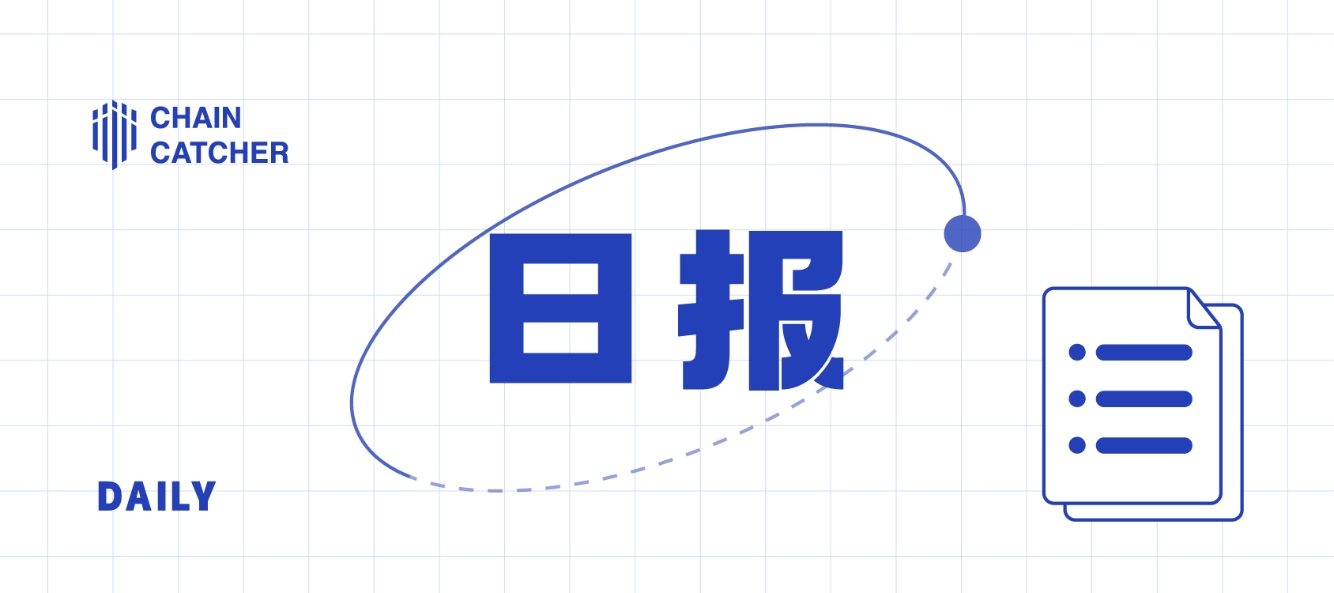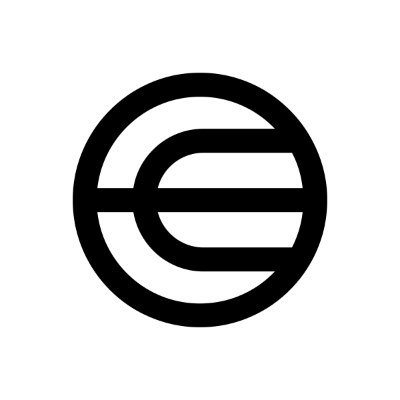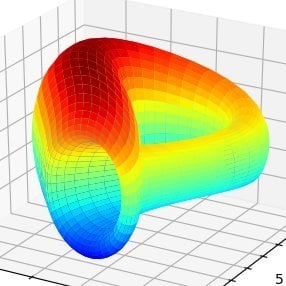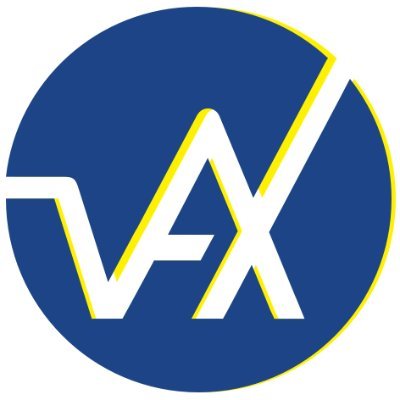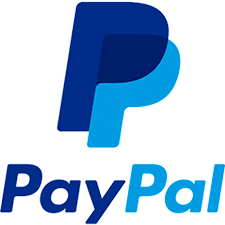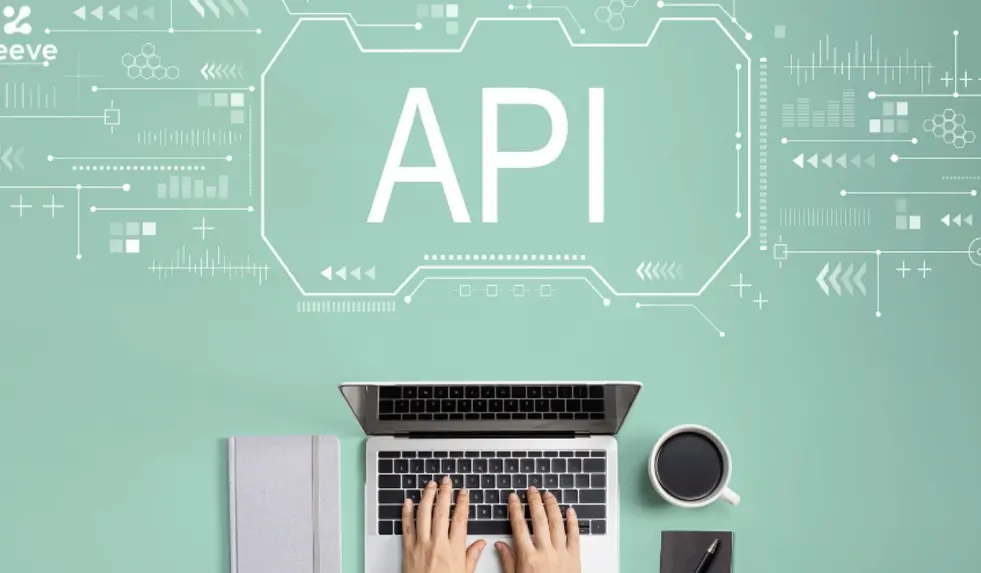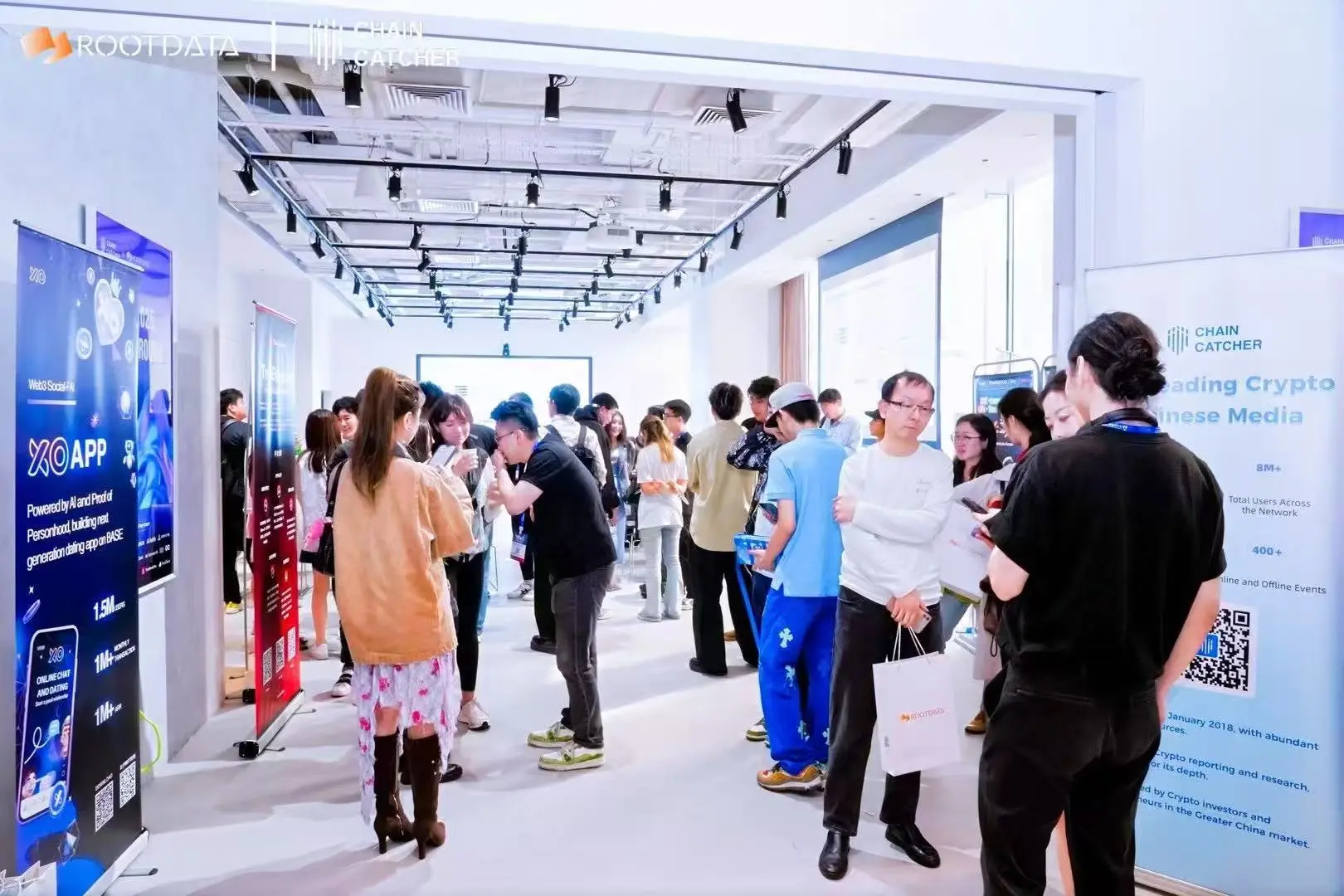Daily Report | Open-source liquidity protocol Helio Protocol receives $10 million investment from Binance Labs; Worldcoin launches reservation feature, allowing unverified World ID users to reserve WLD tokens
Organizer: Mia, ChainCatcher
"What Important Events Happened in the Last 24 Hours"
1. Open-source liquidity protocol Helio Protocol receives $10 million investment from Binance Labs
According to Decrypt, Binance Labs has invested $10 million in Helio Protocol to help the protocol continue its transformation into a liquid staking platform. Helio is currently built on the BNB Chain, and this new funding is expected to help the platform expand to other networks, including Ethereum, Arbitrum, and zkSync.
According to RootData, Helio Protocol is the issuer of the over-collateralized stablecoin HAY. In July, Helio announced a partnership and merger with staking provider Synclub, and the newly established foundation will manage the complete revenue streams of Synclub and Helio. (Source link)
2. Worldcoin launches reservation feature, allowing unverified World ID users to reserve WLD tokens
ChainCatcher reports that, according to the official Twitter, Worldcoin has announced the launch of a reservation feature, allowing unverified World ID users to start reserving WLD tokens immediately, simply by visiting an Orb within the next 12 months for redemption. (Source link)
3. Curve founder has sold a total of 157.4 million CRV through OTC, raising $62.96 million
ChainCatcher reports that, according to on-chain analyst Yu Jin's monitoring, from yesterday to today, Curve founder Michael Egorov sold 13.75 million CRV to two institutions. Among them, 12.5 million CRV were sold to Binance Labs, and 1.25 million CRV were sold to Accumulated Finance.
Since August 1, when the Curve founder began OTC sales of CRV, a total of 157.4 million CRV have been sold to 33 investors/institutions, raising $62.96 million. (Source link)
4. Data: Base mainnet daily active users reached 136,000 yesterday, setting a new record
ChainCatcher reports that Dune Analytics data shows that on August 10, the daily active users of the Base mainnet exceeded 100,000 for the first time, reaching 136,000, of which 30% were new users of Base, nearly 42,000 people. (Source link)
5. HKVAX receives principle approval notice for virtual asset trading platform license from Hong Kong Securities and Futures Commission
ChainCatcher reports that the Hong Kong virtual asset exchange HKVAX has received a principle approval notice from the Hong Kong Securities and Futures Commission (SFC) to conduct regulated activities of Type 1 and Type 7. Following OSL and Hashkey, HKVAX will become the third licensed virtual asset trading platform in Hong Kong.
After obtaining the final approval for Type 1 (securities trading) and Type 7 (providing automated trading services) licenses, HKVAX will offer three core products, including over-the-counter (OTC) brokerage services, characterized by narrow spreads and high liquidity, allowing users to easily trade between fiat currencies and virtual assets; an institutional-grade trading platform; and custody services, where asset access rights and control are clear, and the assets held by clients and the company itself are distinctly separated.
It is reported that HKVAX was founded by Hong Kong entrepreneurs with the aim of establishing new standards for digital asset trading and creating a bridge between traditional finance and digital finance for local and global markets. HKVAX aims to become the industry benchmark for new product categories such as Security Token Offerings (STO) or Asset-Backed Tokens (ABT), and to seize investment opportunities brought by Web3. (Source link)
6. DeBank will launch DeBank Chain testnet today, mainnet to go live next year
ChainCatcher reports that the one-stop DeFi wallet DeBank has announced the launch of DeBank Chain based on OP Stack, with the testnet going live today and the mainnet scheduled for 2024.
The development of DeBank Chain mainly focuses on solving three key issues while maintaining strong security: reducing gas costs, providing a native experience similar to account abstraction, and ensuring the security of L1 assets.
Additionally, the consensus mechanism will be modified to reduce the gas cost of a single transaction by 100-400 times, adapting to high-frequency social interactions.
DeBank Chain aims to become a social asset layer, natively integrating a system similar to Account Abstraction at the chain level, allowing users to enjoy an experience close to Web2 while maintaining 100% compatibility with the current EVM standard.
The new account system supports dedicated L2 private key signing transactions, reducing the use of L1 private keys in social scenarios and enhancing the security of users' L1 assets. (Source link)
"What Exciting Articles Are Worth Reading in the Last 24 Hours"
1. "In-depth Analysis of a16z crypto's Newly Launched Two SNARK Tools"
SNARK is a cryptographic protocol that allows anyone to prove to untrusted verifiers that they know a "witness" that satisfies certain properties. A prominent application of SNARK in Web3 is for L2 rollups to prove to L1 blockchains that they know the digital signatures authorizing a series of transactions, so that the signatures themselves do not need to be stored and verified by L1, thus enhancing scalability.
Applications of SNARK outside of blockchain include: high-speed but untrusted hardware devices proving the validity of all outputs they generate, ensuring users can trust them. Individuals can prove in a zero-knowledge manner that a trusted institution has issued them a credential. For example, proving that they are old enough to access age-restricted content without revealing their birth date. Anyone sending encrypted data over the network can prove to administrators that the data complies with network policies without revealing more details.
While many SNARKs are low-cost for the prover, they generally still incur about six orders of magnitude overhead in verification computation. The additional work that verifiers are forced to undertake is highly parallelizable, but the million-fold coefficient overhead severely limits the application of SNARK.
More powerful SNARKs can accelerate L2 speeds and allow builders to unlock yet-to-be-realized applications. Therefore, we have launched two related new technologies: Lasso is a new lookup parameter that significantly reduces prover costs; Jolt uses Lasso technology to provide a new framework for designing SNARKs for zkVM and other front ends. Together, they enhance the performance, developer experience, and auditability of SNARK design, promoting the construction of web3.
Compared to the lookup parameters in the popular SNARK toolchain halo2, the preliminary implementation of Lasso has already demonstrated over a 10-fold speed increase. We expect that when the Lasso codebase is fully optimized, the speed will increase by about 40 times. Jolt includes more innovations based on Lasso, and we hope it can achieve speeds similar to or higher than existing zkVMs.
For venture capital firms, the number of investments is one of the important metrics for measuring their activity, while leading investments is a core factor in assessing their financial strength and conviction, which is crucial for driving project development.
In this article, RootData will use its database to compile statistics on the number of investments and leading investments made by venture capital firms this year, helping readers better understand the current state of crypto venture capital firms.
As of 2023, RootData has recorded that 13 crypto venture capital firms have led rounds more than five times this year, including a16z Crypto, Polychain, Dragonfly, Blockchain Capital, Shima Capital, Hack VC, Binance Labs, Bitkraft Ventures, Jump Crypto, Blockchange Ventures, Hashed, Foresight Ventures, and Greenfield Capital.
Unfortunately, Pantera Capital, Paradigm, Multicoin Capital, and Framework Ventures are no longer on this list. Meanwhile, firms like Foresight Ventures, Hack VC, and Bitkraft Ventures have shown a more active attitude.
This article will interpret the influence and activity level of crypto institutions based on cumulative leading investments and number of investments in 2023.
3. "After Reading This, Your Understanding of Ordinals Inscription Will Exceed 99% of People"
With the birth of the Ordinals protocol, it provides numbering and inscription capabilities for Bitcoin, thereby broadening the range of products in the Bitcoin ecosystem and bringing new vitality to the Bitcoin ecosystem. In this article, we will delve into the details of the Ordinal protocol, including how to number and track each Bitcoin, and the relationship between inscriptions and numbering. However, before we delve into this topic, we need to first understand some basic background about Bitcoin to help us better understand the subsequent content.
After reading this article, you will grasp the transaction mechanisms and payment models of Bitcoin, understand how Ordinals achieves numbering and tracking for each satoshi, and how inscriptions are created and traded. Additionally, you will learn about the differences between different types of wallets.
4. "The Stablecoin Landscape Reawakens: Unveiling Payment Giant Paypal's New Member PYUSD"
In the wave of the digital age, traditional finance and cryptocurrencies have become the focus of people's attention. However, there seems to be an invisible chasm between these two fields, making their connection appear vague and distant. Now, an emerging stablecoin named PYUSD is rapidly bridging this gap, becoming a solid bridge connecting traditional finance and cryptocurrencies.
As the first compliant stablecoin issued by a "non-crypto" company, the emergence of PYUSD carries significant symbolic meaning. It represents the traditional financial industry's further exploration of cryptocurrencies, while also indicating a significant shift in corporate attitudes towards stablecoins, a change that suggests an increasing acceptance of regulatory policies. In the future, this change will undoubtedly further promote the integration of Web3, traditional finance, and the real world. PYUSD will play an important role as a bridge connecting them.



